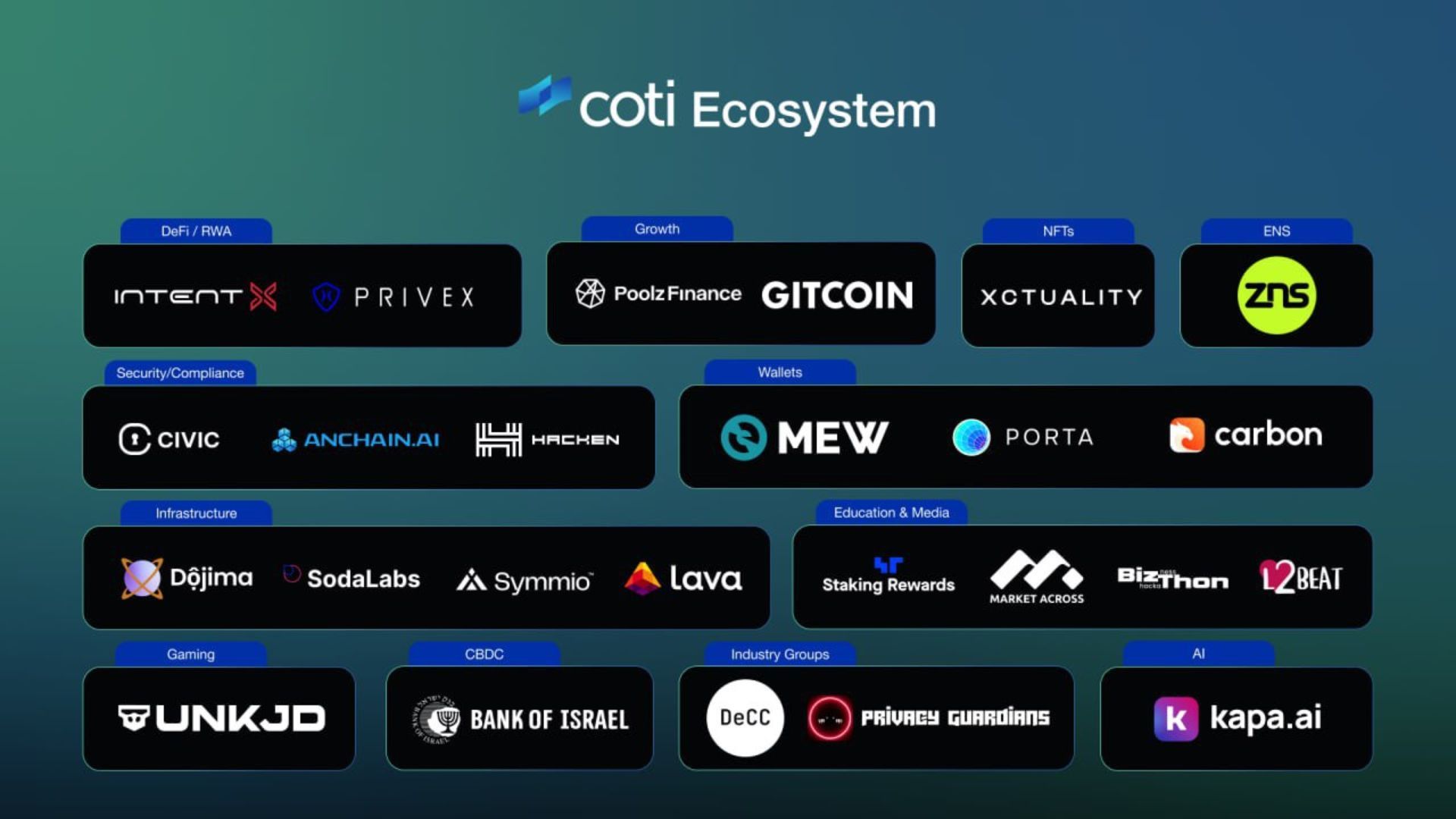It’s difficult to imagine the day when a new challenger emerges to topple entrenched social media giants like Facebook, Instagram, X, and TikTok from their perch.
Their dominance of social media is so suffocating that they have the ability to crush almost any rival the moment it pops it appears in the rearview mirror. New platforms, even if they have billions of dollars in capital behind them, will likely be toppled in next to no time. Remember Google+? Facebook crushed its challenge so completely that Google, despite being one of the richest companies on the planet, was ultimately forced to shut it down entirely. It barely made a dent in Facebook’s armor.
However, there is reason to think that a new generation of social media startups, known collectively as “SocialFi” platforms, may finally be able to change the landscape. For all of their dominance, the existing kings of the social world are regularly criticized for their control of user’s data, their greed, and their overbearing censorship policies. SocialFi solves each of these headaches thanks to its novel, decentralized foundations, and there’s reason to think this could be enough to change the status quo.
SocialFi is a portmanteau of the words “social media” and “DeFi”, and it is a new breed of social media network built on a decentralized financial infrastructure. With SocialFi, there’s no more control over user’s data, no more ads, no more stealing revenue, and no more censorship.
Traditional Social Giants Are Vulnerable
Despite apparently being entrenched, there are strong signs that the dominance of the traditional social media platforms, especially Facebook, is eroding. One of the characteristics of social media is that it’s constantly evolving. Facebook itself began life as a simple platform for students to connect with their friends and went on to characterize the social media industry when it first introduced its news feed. It has since added TikTok style videos, as well as its messaging capabilities, plus novel features like Groups, Fan Pages, Dating and more.
Unfortunately for Facebook, its rivals can evolve too, and that has posed challenges for the two-decade old platform. Older users who signed around the time Mark Zuckerberg decided to quit school and focus exclusively on his platform are essentially hooked. Facebook has become almost inextricably entwined with their lives, as it’s the place where all of their connections reside online. That’s why it counts more than three billion users globally.
Yet Facebook is now battling to stay relevant, for the younger generations are shunning the platform in favor of newer alternatives. Facebook is no longer viewed as being “cool” by teenagers, who have shown a preference for the likes of Instagram, TikTok and Snapchat instead. For them, Facebook is definitely not the place to be, and unless that changes it could spell trouble for the platform in the longer term.
The Appeal Of SocialFI
By decentralizing social media, SocialFi takes control away from the big internet giants and puts it back into the hands of its users. It gives individuals the power to dictate what kind of content they want to see, and who can access their data. This means users can avoid seeing targeted ads based on their previous likes and searches, for instance. Alternatively, users can agree to see such ads, and earn crypto rewards for the trouble.
SocialFi is also resistant to censorship. Because no centralized entity is in control of what’s displayed on SocialFi platforms, there is no moderator “police” around and no automated algorithms running in the background, intercepting keywords and preventing them from being posted online. This is a key advantage for SocialFi. People are getting more frustrated with the restrictions on the type of content they can see and post on traditional platforms, and the suppression of certain points of view.
Then there’s the money. Because SocialFi has DeFi mechanics, users have a big financial incentive to create high-quality content that others want to see. The underlying platform doesn’t take a cent of their earnings, in complete contrast to traditional platforms that keep the lion’s share of the revenues for themselves.
SocialFi Is On The Up
So there’s a clear opportunity for SocialFi to start chipping away at the likes of Facebook, X and TikTok. But which platforms have the best shot at eroding their dominance?
One of the most promising upstarts is Phaver, which positions itself as a bridge between the legacy Web2 internet and the new world of decentralization that is often known as We3. Phaver aims to solve the onboarding challenge that many other Web3 platforms struggle with. Whereas most dApps require users to link a digital wallet to get started, Phaver has identified this as a big barrier to adoption. So instead of asking users to do this, it simply creates a wallet for every new user who signs up. This digital wallet is linked to the user’s profile and is fully owned by that individual, meaning no one can delete it or block it.
Phaver also allows users to migrate their wallet/profile to other SocialFi applications, so they can bring their audiences to any new platform they decide to establish a presence on.
Phaver introduces a decentralized reputation system that’s founded on user engagement, together with a gamified rewards system that ensures users are compensated for spending time on it. By posting content and interacting with other users by liking, sharing and commenting on their content, users can earn daily rewards in crypto. Users then have the option to cash out these rewards by selling them on a crypto exchange or gifting them to other platform users as tips.
Perhaps the most successful SocialFi platform so far is Friend.Tech, which is a novel offering that’s linked to X. With Friend.Tech, users can buy and sell “keys”, which are essentially shares of an individual’s profile on X. The shares entitle users to a share of the revenue generated by the influencers profile, and in this way provide a novel funding mechanism for creators. A number of popular crypto-focused X users have embraced Friend.Tech and it is even starting to gain traction with non-crypto natives too.
Chingari is another SocialFi challenger that has potential to really disrupt the industry. Chingari is slightly different in that it began its life as a regular, Web2 social media platform. It emerged in India as an alternative to TikTok, which was banned in that country, and is focused on short-video creation. After establishing itself as one of India’s top social apps, Chingari shifted to embrace crypto and launched its native GARI token. Users generate GARI each day for their interactions, and can use it to tip creators, purchase NFTs that represent a share of users’ revenues, pay for exclusive content, or sell it on an exchange.
Finally there’s Damus, which is built atop of the Nostr protocol and sees itself as a rival to X. Rather than create its own cryptocurrency, it instead designed a feature that allows users to earn satoshis, the smallest unit of Bitcoin, when they engage with content.
Huge Potential
It remains to be seen whether or not this new breed of SocialFi players has what it takes to knock the likes of Facebook, Instagram, X, TikTok and YouTube from their lofty thrones, but there can be no doubt that they represent the beginning of a transformative shift.
SocialFi, at its core, is all about empowering users with greater control over their data, the content they see and the people they want to interact with. It provides avenues for direct monetization, cutting out the middleman once and for all. With these characteristics, SocialFi users can finally be fairly compensated for the value they create.
SocialFi still has some big barriers to overcome, notably the onboarding challenge, as many people are still unfamiliar with, and wary of cryptocurrency and blockchain. There are concerns over the lack of content moderation too, but these challenges can be overcome. For instance, the potential exists for communities to self-moderate, and there are countless innovative projects trying to tackle the tricky business of onboarding.
The promise of a more transparent, equitable and uncensored social media space has a strong allure, and as more people come to realize they can capitalize on the value they create, SocialFi becomes a more viable alternative. It will be a slow process, but slowly but surely these platforms can increase their relevance, and if they do so it will bad news for the likes of Zuckerberg and Elon Musk
Disclaimer: This article is provided for informational purposes only. It is not offered or intended to be used as legal, tax, investment, financial, or other advice





